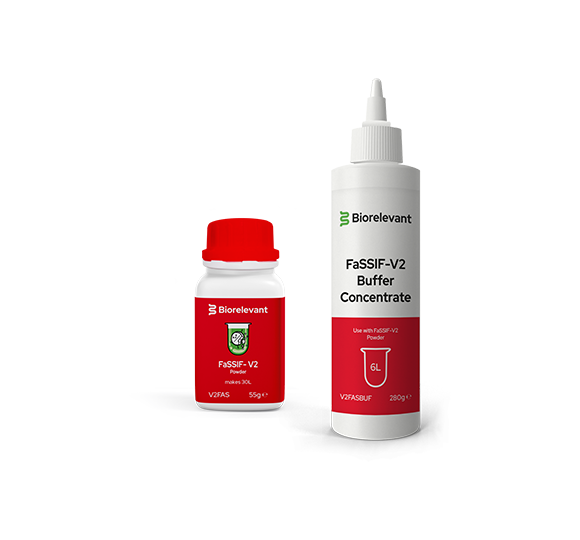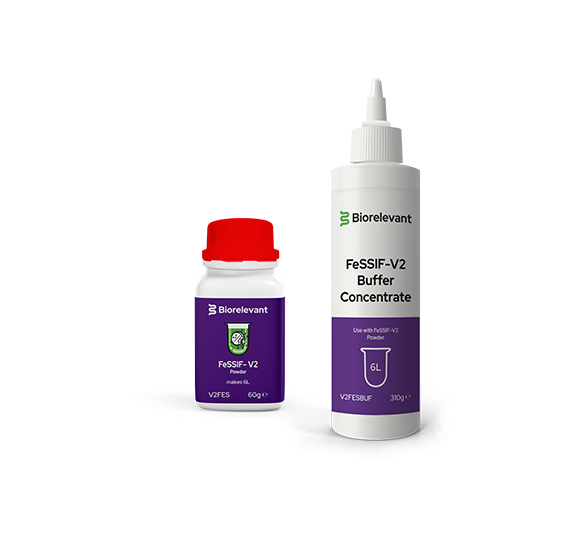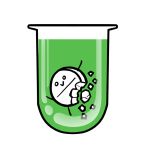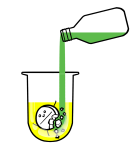The BCS (Biopharmaceutical Classification System)
What is the BCS (Biopharmaceutical Classification System)?
‘BCS’ stands for ‘Biopharmaceutical Classification System’. It is a systematic way of classifying orally administered pharmaceutical drugs based on water solubility and drug permeability. For a generic drug developer, understanding a drug’s BCS class can help guide formulation development and assess development risk and difficulty. If the drug is sufficiently water soluble, it can provide a rational basis for a biowaiver i.e. establishing bioequivalence of a Test Product with a Reference without human clinical trials.
In summary, the water solubility of a drug can be established by dissolution studies in defined buffers and permeability established by in vitro methods such as Caco2 testing. Drugs developed over the last two decades have become increasingly water insoluble and fall within the BCS Class 2 category.
What are the BCS (Biopharmaceutical Classification System) buffers?
These are three fundamental, entry-level test media of the Biopharmaceutical Classification System (BCS) used for generic bioequivalence development programs. They are based on three buffers (pH 1.2, pH 4.5 and pH 6.8) and must not contain surfactant. In combination with permeability studies, these buffers can be used for solubility and dissolution studies as part of justifying a biowaiver for immediate release water soluble drug products which are clearly defined in regional guidance on biowaivers.
However, establishing the dissolution profiles of a drug product in BCS buffers can also help classify the BCS solubility class of a drug. Complete and rapid dissolution can positively identify whether a drug is likely to fall into a BCS Class 1 or 3 (water soluble). In contrast, if dissolution is incomplete it can help identify that the drug falls into BCS Class 2 or 4 (insoluble).

















 Home
Home















